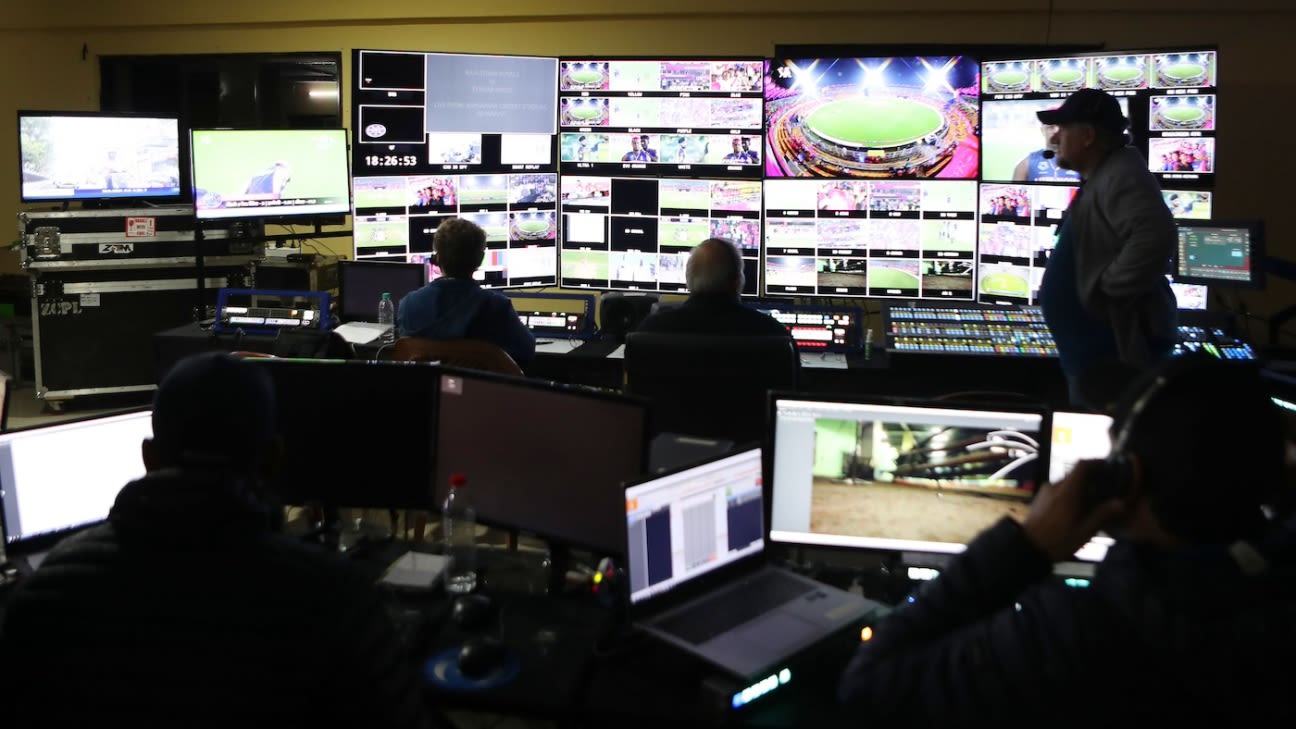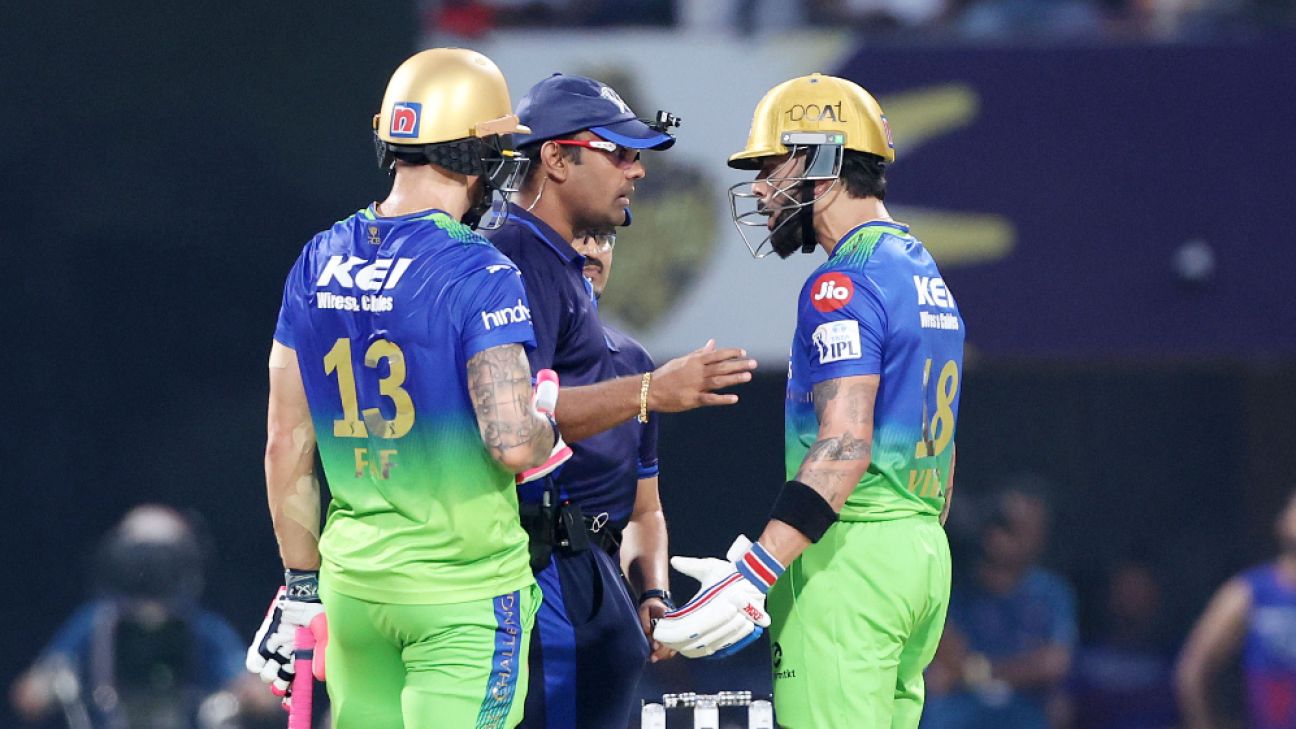Smart Replay System to Enhance Decision-Making at Women’s T20 World Cup 2024
The upcoming 2024 Women’s T20 World Cup, scheduled to commence on October 3 in the United Arab Emirates (UAE), will witness a groundbreaking technological advancement with the introduction of the Smart Replay System. This innovative technology, previously utilized in the Hundred and IPL 2024, promises to revolutionize decision-making in cricket.
The Smart Replay System will employ a minimum of 28 cameras at each match, providing a comprehensive view of the action. It will be complemented by analytical and visual enhancements, including the Decision Review System (DRS) available at all matches. The Hawk-eye Smart Replay System will empower the TV umpire with the ability to instantly review synchronized multi-angle footage, ensuring accurate and timely decisions.
Under the Smart Replay System, the TV umpire will receive direct inputs from two Hawk-Eye operators located in the same room. These operators will provide the umpire with images captured by Hawk-Eye’s eight high-speed cameras strategically positioned around the ground. The TV broadcast director, who previously served as an intermediary between the third umpire and Hawk-Eye operators, will no longer be involved in this process.
This system grants the TV umpire access to a wider range of visuals, including split-screen images. For instance, in the case of a stumping referral, the TV umpire can request split-screen visuals from the Hawk-Eye operators. If a visible gap is detected between the ball and the bat, the TV umpire will proceed directly to check the side-on replay for the stumping, eliminating the need for UltraEdge (to determine if it was a caught behind).
For stumpings, the new system will present the TV umpire with tri-vision, combining footage from side-on and front-on cameras in a single frame. The front-on camera angle provides a clear view of the bails being removed. Previously, broadcasters would display side-on angles from both sides along with footage from Stump Cam. However, Stump Cam records at a lower speed of approximately 50 frames per second, while Hawk-Eye cameras record at approximately 300 frames per second. This enhancement ensures more accurate footage for the umpires to make informed decisions.
In addition to the Smart Replay System, the tournament will feature an all-female panel of umpires and match officials, continuing the ICC’s commitment to promoting gender equality in cricket.



